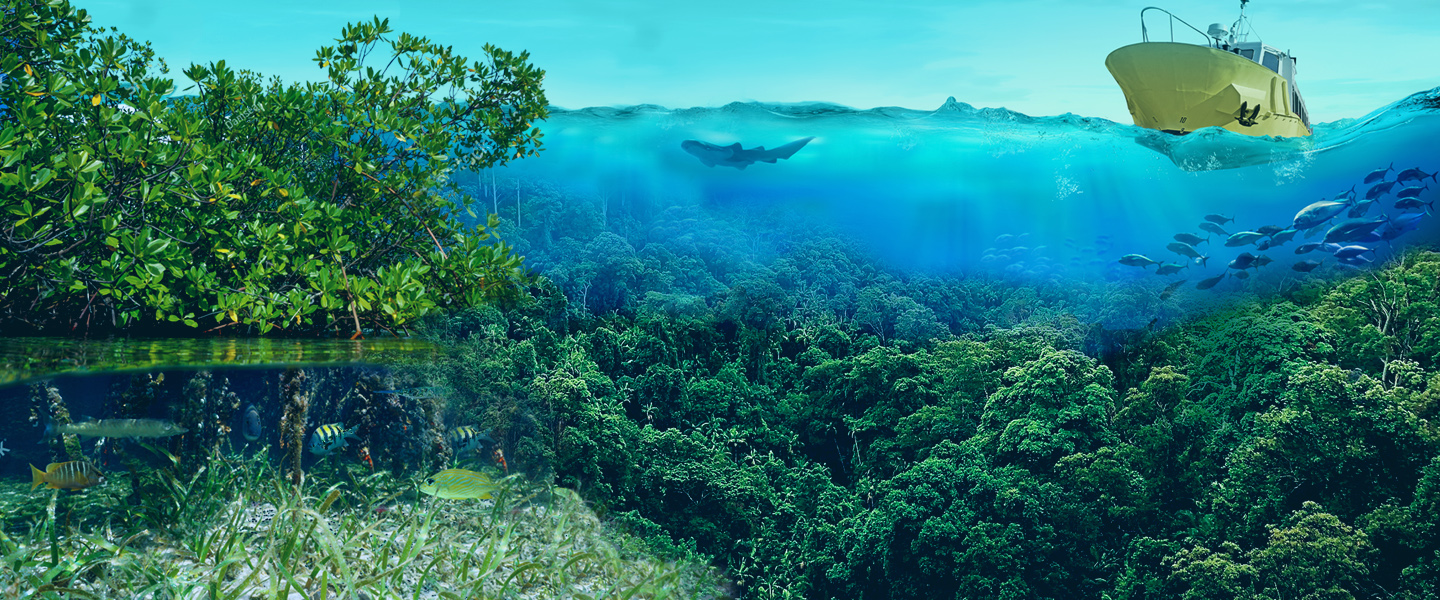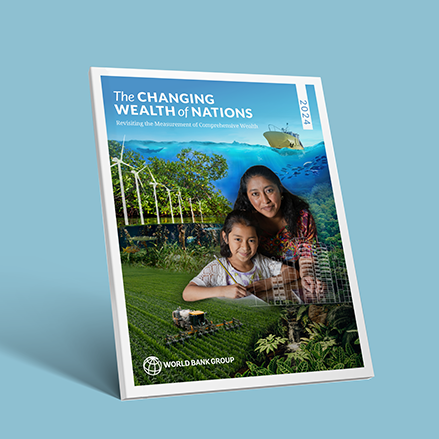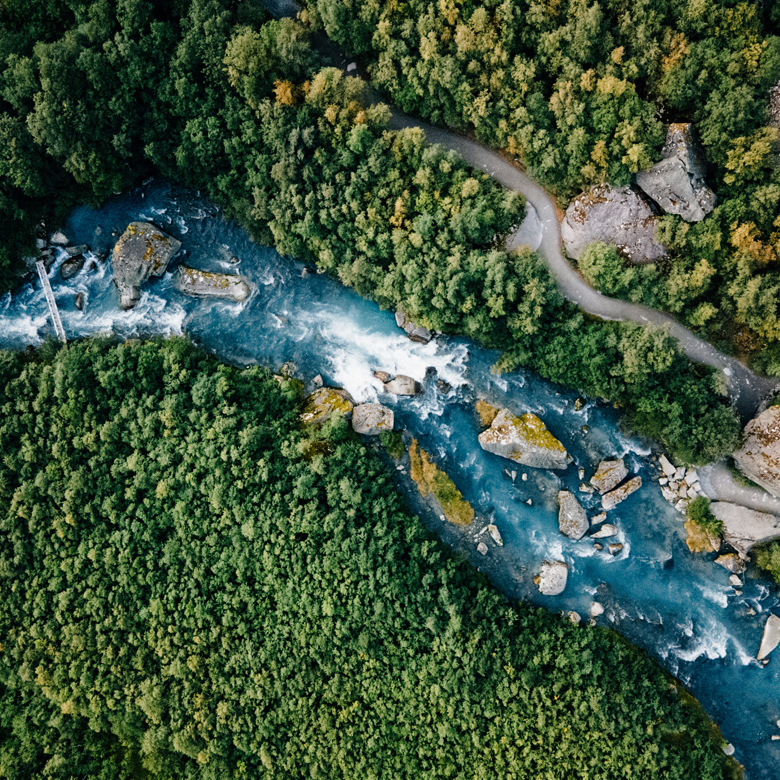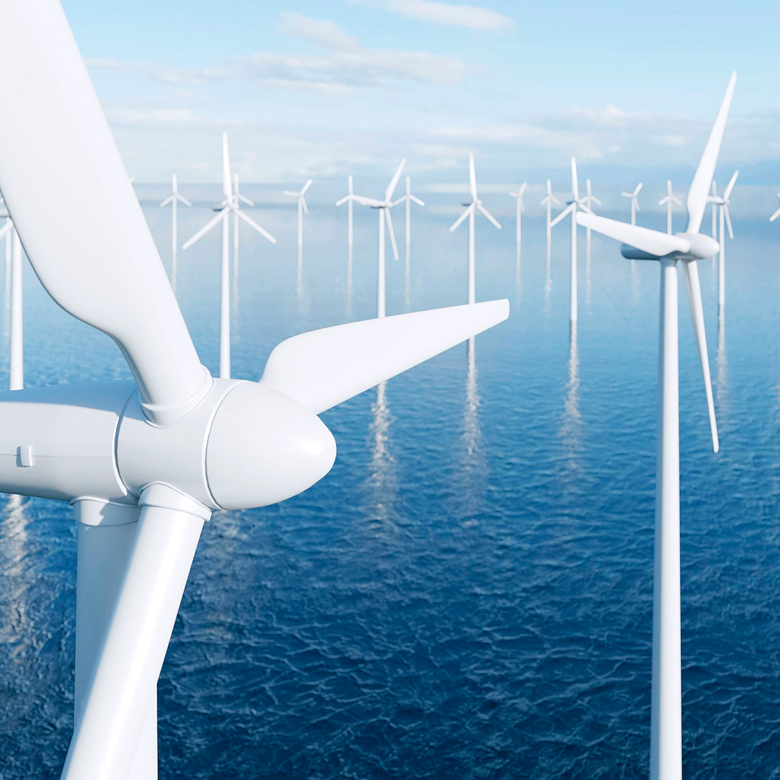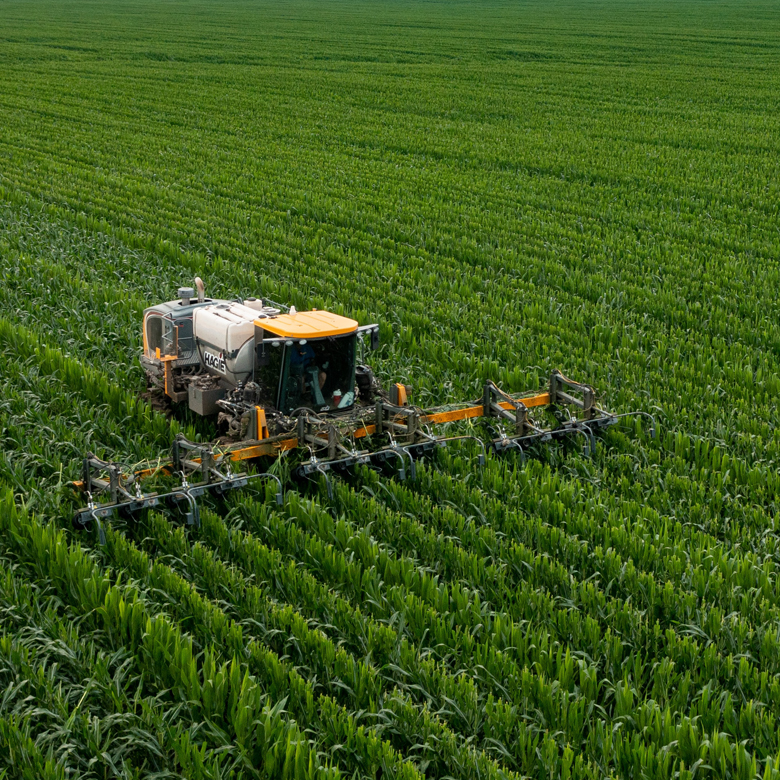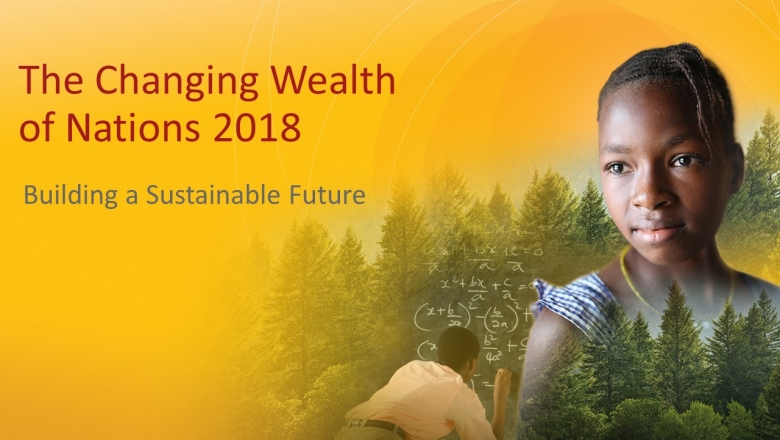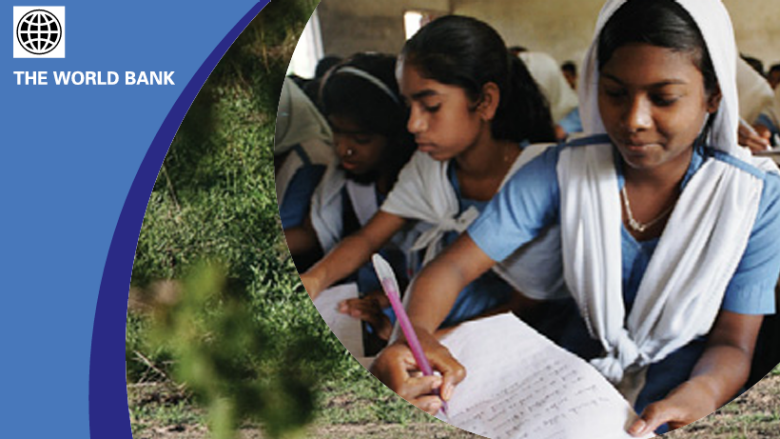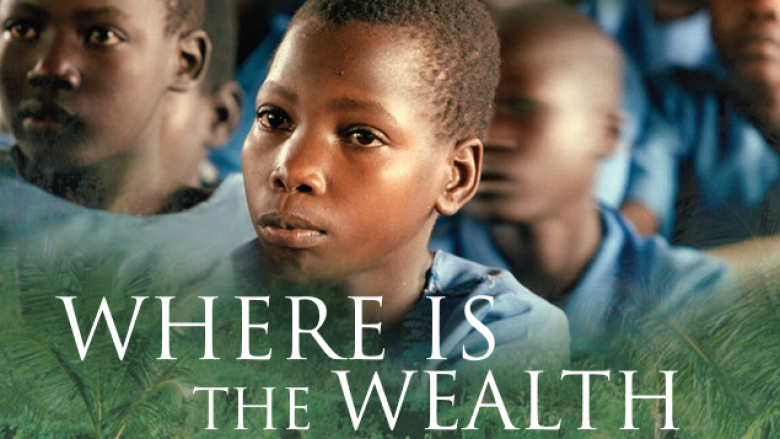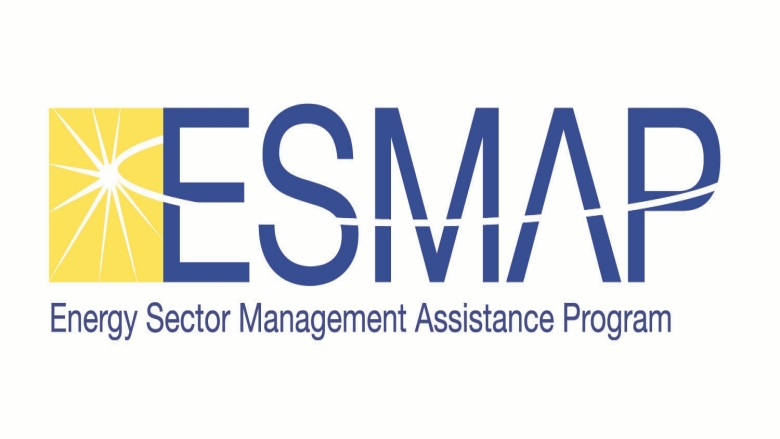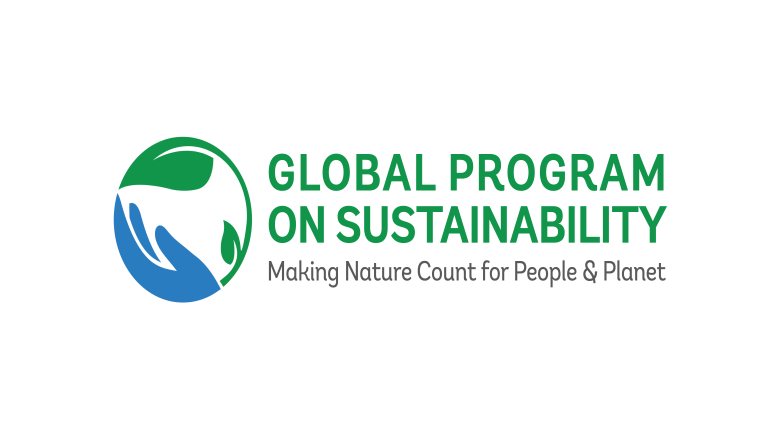Measuring Comprehensive Wealth Helps Determine the Sustainability of Economic Progress
Economic progress cannot be measured by GDP alone. GDP does not tell us whether growth is achieved by accumulating or depleting the underlying assets that enable future growth. Nor does it account for the costs of growth on the health of people and the planet. This calls the sustainability of GDP growth into question, especially as natural assets such as land, water, and ecosystems, are degraded and overexploited. Countries need another way to assess the basis for future economic growth—their balance sheet or wealth.
Changes in real wealth per capita provide important insights into the sustainability of economic progress. The minimum condition for sustainable economic development is that real wealth per capita should not decline over time. Wealth in this context encompasses the value of all the assets of a nation that support economic production, such as factories, intellectual property, and roads (produced capital); forests, fish stocks, and fossil fuels (natural capital); the labor force (human capital); and net foreign assets. Real wealth per capita increases if more workers enter the labor force or if the same workers upgrade their skills, if forests grow, or new commercially recoverable minerals are discovered. However, it declines if fish stocks are overexploited, machinery degrades, or the reserves of fossil fuels are depleted or become commercially unusable. As long as real wealth per capita does not decline, future generations will inherit at least the same production and consumption opportunities as the current generation.
The World Bank’s The Changing Wealth of Nations (CWON) program is a pioneering effort in measuring wealth. Most countries do not produce wealth estimates, a data gap the CWON program has filled for nearly two decades. This 5th edition provides the most comprehensive, publicly accessible, and reproducible wealth database currently available. These monetary estimates draw on internationally endorsed statistical standards and guidelines of the System of National Accounts (SNA) and System of Environmental-Economic Accounting (SEEA), which ensures that the CWON’s wealth measure is comparable to other metrics of economic progress like GDP. These wealth estimates are also updated on a regular basis as new data sources, measurement techniques, and guidance become available. For example, this edition updates the computation of real wealth per capita to align with global best practice. Changes in real wealth per capita will now be driven by the depletion or accumulation of assets; changes in the productivity or relative scarcity of assets; changing substitution patterns; and population pressures.
